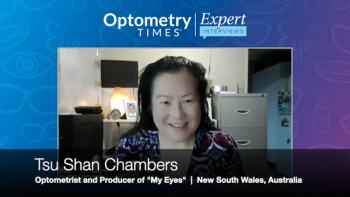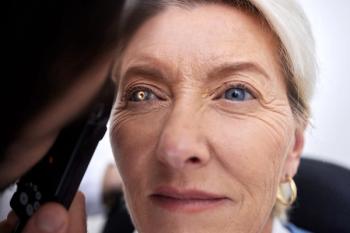
Student debt load managed better with education
The burden of school loan debt can weigh heavily on students as they approach graduation, affecting job plans and lifestyle choices for years to come.
The burden of school loan debt can weigh heavily on students as they approach graduation, affecting job plans and lifestyle choices for years to come, in many cases. Yet, if optometry students desire to have a handle on debt post-graduation, Michael Bacigalupi, OD, MS, FAAO, says students need to be mindful of debt payoff strategies from the moment they begin schooling.
In 2009, mean indebtedness was $165,086 (ranging from $0 to a maximum of $278,454), based on a survey of 90 NSU graduates. That figure jumped nearly 8.75% from $152,409 in 2008, based on a similar survey from that graduating class. The numbers represent total educational debt and do include undergraduate expenses.
According to Dr. Bacigalupi, on average, optometry school at NSU costs approximately $25,000 per year, totaling $100,000 after 4 years. If mean indebtedness is $165,086, this would mean that, after accounting for tuition, an average student lived on $65,000 spread out over 4 years.
"They would be living on approximately $16,250 per year," he said. "This figure would include equipment, books, and other necessities on top of living expenses."
Targeting debt reduction early
On a brighter note, Dr. Bacigalupi pointed to "good news" in 2010 based on projected numbers from this year's graduating class. There is a projected mean indebtedness of $149,605, a figure lower than the previous two years.
"We attribute this reduction in the total indebtedness in part to our education of the students early in the academic years," he said.
The goal is to begin educating students from orientation week forward on how to minimize debt.
Helping students keep on track sometimes can be as simple as reminding them of long-term versus short-term pleasure. "It may be as simple as advising students to avoid having a 'good weekend' at the local casino here in Florida, for example. Cocktails are expensive," Dr. Bacigalupi said, half jokingly.
"My best advice to students is to maintain a real honest awareness of debt, in terms of what they are incurring, and determine how to minimize it every step of the way. Don't think that as soon as you get the doctor's title you can go buy a new Mercedes," he said.
At NSU, in the students' fourth year, they manage a project using real numbers from student loan companies. Students look at refinancing options based on a 10-year, 20-year, or 30-year payout. They evaluate what percent of their income the debt figures represent. Educational debt, according to Dr. Bacigalupi, should not be more than 10% to 15% of income.
Newsletter
Want more insights like this? Subscribe to Optometry Times and get clinical pearls and practice tips delivered straight to your inbox.



















































.png)


